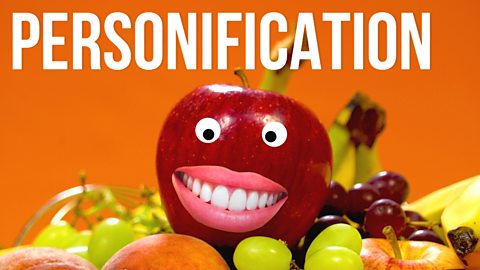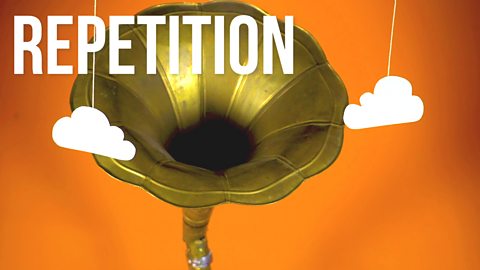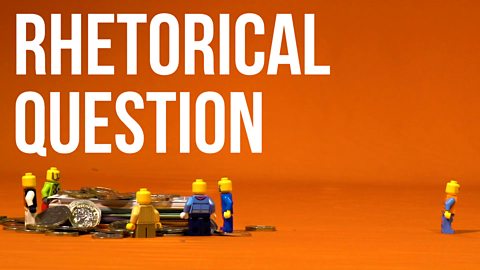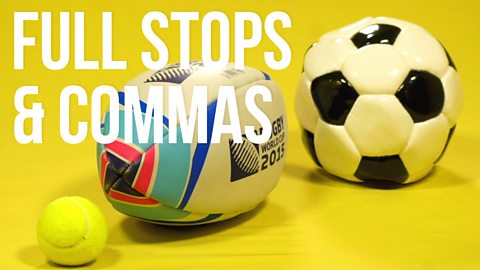Onomatopoeia is a word that sounds like what it describes.
What is onomatopoeia? How and why would you use it?
Onomatopoeia is a word that sounds like what it means. They help you hear what is going on.
- 'Thud', 'crash', 'bang' and 'buzz' are all examples.
- Animal sounds are often onomatopoeic: 'roar', 'meow', 'moo', 'cluck', 'oink'.
- 'The ringmaster cracked his whip.' This implies the whip making a sharp sound.
- 'Stuttering rifles' rapid rattle.' The stuttering imitates the action of a machine-gun being fired.
Comic books
Comic books are full of onomatopoeia. From 'ping', 'wham' and 'ha ha ha' to 'boing', 'squelch', 'whizz' and 'scoosh'.

Poetry
Poems are also full of onomatopoeia - like in Edwin Morgan's poem In the Snack-bar about someone helping a blind, infirm man go to the toilet in a caf├ę. It features plenty of onomatopoeia: the 'crunch' of sugar that has been split on the floor; the 'hiss' of the coffee machine; and the 'clatter' of a cup falling over.
The old man's disability turns everyday sounds into something uncomfortable or threatening so Edwin Morgan uses harsh sounds. Onomatopoeia emphasises that the man cannot see so he relies on his sense of hearing. This helps us imagine how the man would experience the snack-bar.
Popular culture
Adverts sometimes use onomatopoeia to get the audience's attention. Think of some of the following famous slogans and catchphrases:
- 'Bang and the dirt is gone.'
- 'Snap, crackle and pop.'
And can you spot the onomatopoeia in this famous line from the movie The Wizard of Oz? 'Ding-dong the witch is dead!'
More on Understanding, analysing and evaluating
Find out more by working through a topic
- count7 of 15

- count8 of 15

- count9 of 15

- count10 of 15
